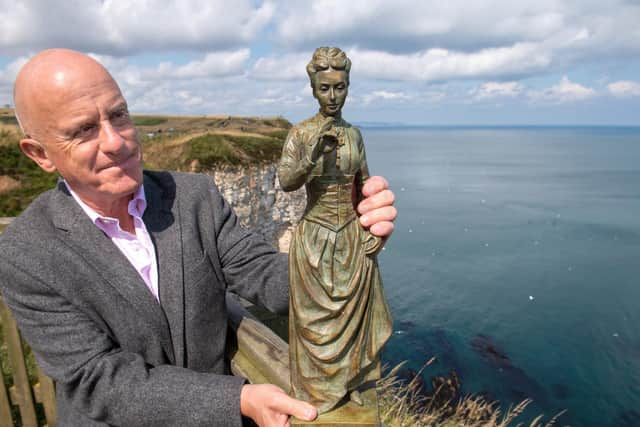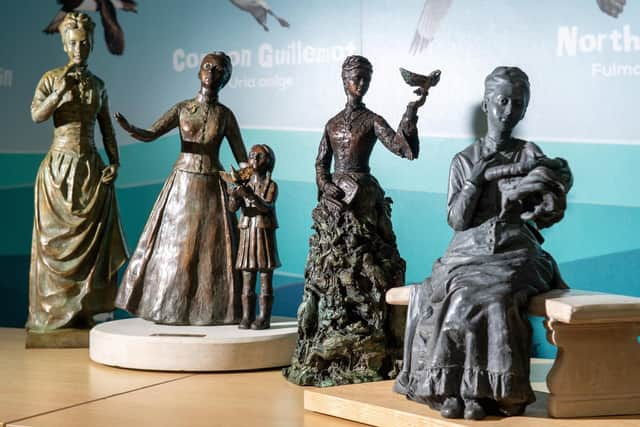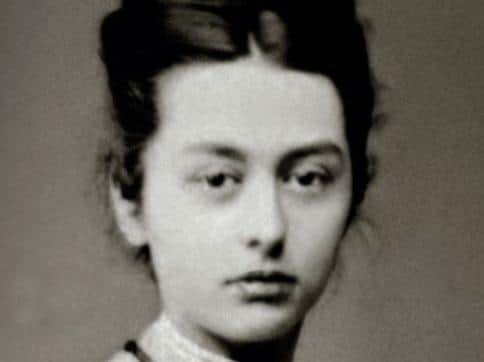Statue to celebrate Victorian bird champion horrified by the slaughter of millions of birds who founded the RSPB
So said satirical magazine Punch in its October 18 edition of 1889, announcing the formation earlier that year of the Society for the Protection of Birds, which aimed to “discourage the enormous sacrifice of bird-life – at present exacted by the milliner”.
The organisation’s founder was Emily Williamson. She was horrified by the practice and hoped many women would join the society, later the RSPB, “and so make a protest against the present wholesale destruction of wild and singing birds”.
Advertisement
Hide AdAdvertisement
Hide AdA huge industry that reached a peak in Victorian times, it threatened the extinction of whole species.


Both British birds and millions from abroad were slaughtered for feathers to feed the fashion for winged hats, with whole birds often used in ostentatious designs.
Emily’s name has largely been forgotten, but a campaign is underway to raise awareness of what she achieved, and to create a statue which will stand in the grounds of the home from where her campaigning began, Fletcher Moss Park, at Didsbury, near Manchester.
Andrew Simcock, who previously led a campaign for a statue of the suffragette leader Emmeline Pankhurst in Manchester, was at Bempton Cliffs, in East Yorkshire, on Monday, where kittiwakes, gentle-looking, medium-sized gulls, were once massacred by 19th century plumage hunters.
Advertisement
Hide AdAdvertisement
Hide AdWith him were four short-listed designs, all by women artists, of Emily Williamson, including one of Emily in a crinoline dress which, on close inspection, reveals itself as a cliff-face, with birds that are vulnerable today incorporated into the design; owl, heron, grebe and kingfisher.


Another shows her sitting by a bird hat, turned upside down to become a bird bath. Mr Simcock, who is visiting eight RSPB reserves, including Saltholme, near Middlesbrough, on Thursday, said: “The public have already helped us to shortlist to the final four sculptors and I want to encourage as many people as possible to now vote for their favourite design.
“Quite simply Emily Williamson founded the biggest environmental charity in the UK with 1.1m members and that’s why she deserves far more recognition than she currently has.
“‘Quiet dignity’ was the phrase used in her obituary and that’s what we are trying to create in the sculpture.”
Advertisement
Hide AdAdvertisement
Hide AdAlthough Emily Williamson was a pioneer she wasn't the first to change the law to protect seabirds.


Decades before the RSPB came into being the vicar of Bridlington Priory, Henry Barnes-Lawrence got MPs together and the Sea Birds Preservation Act was passed in 1869.
Emily’s campaign began with a meeting over tea and cakes in 1889 and would ultimately lead to a change in legislation (not until 1921 with the Plumage Act) and the founding of the Society for the Protection of Birds.
In 1904 this received Royal Assent to become the RSPB.
Voting will be open until the end of October at www.emilywilliamsonstatue.com.